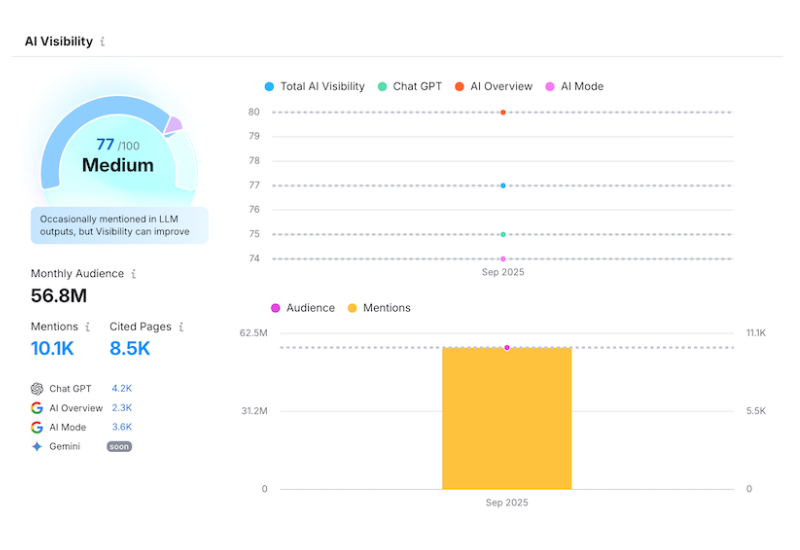Planning a successful sprint requires more steps to complete than you’d initially expect, especially if you are not familiar with Agile methodologies and processes. At Human Element, we have implemented somewhat of an Agile-Waterfall (Agilefall) methodology to complete tasks for our maintenance and Implementation (or “New Build”) clients. We work in one week sprints that go from Tuesday to the following Tuesday. On Monday afternoons, the Project Managers meet first at a team level and then at a company-wide level to ensure that each team has enough work for the sprint and if not, work to fill any gaps.
Regardless of whether you’re working in a true Agile environment or a slightly modified one, there are a few key things that you can do before going into a Sprint Planning meeting that can set your development team up for success.
Review the roadmap/scheduled work for the sprint:
Project Managers should have an idea of what work is already in the development pipeline as well as a high level idea of what work looks like for the remainder of the month. Depending on how work is obtained, this may vary slightly in your organization.
Meet with involved parties in advance and review the backlog:
When managing work in software development, it is crucial to meet with the people that will be completing the work on your team. The backlog review should be completed before Sprint Planning to identify any pitfalls that developers may encounter when working on tasks.
Hold the Sprint Planning Meeting:
The Sprint Planning meeting can make or break a Sprint. A notetaker should be identified as well as a time keeper, to ensure the meeting stays on track and does not exceed the defined time period. Any questions that were not resolved in the backlog review meeting should be addressed in Sprint Planning and ideally resolved before the meeting’s end.
Track your Sprint Velocity:
Sprint Velocity is one of the metrics that we try to track on a weekly basis and is typically the total number of Story points calculated for each completed task in the Sprint. Since we do not use Story Points and instead provide hours estimates, we currently track number of tasks in the Sprint and keep detailed notes on which were considered Epics or were known in advance to span multiple weeks.
Communicate, Communicate, Communicate!
In almost all software development models, communication is imperative to ensure the completion of a project. The ticket lifecycle should proceed smoothly throughout its lifecycle with little to no Project Management or Account Management intervention. If there are snags, it is up to whomever is working on the task to let their Project Manager and/or Technical Lead know as soon as possible so the task can be unblocked.



